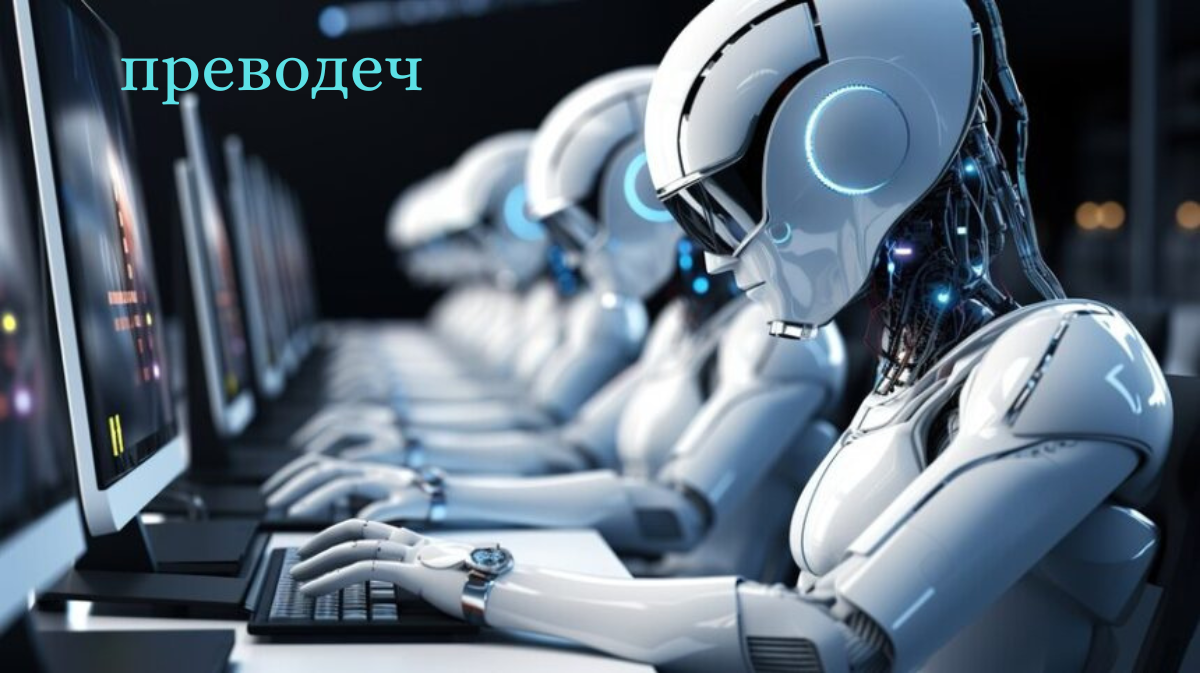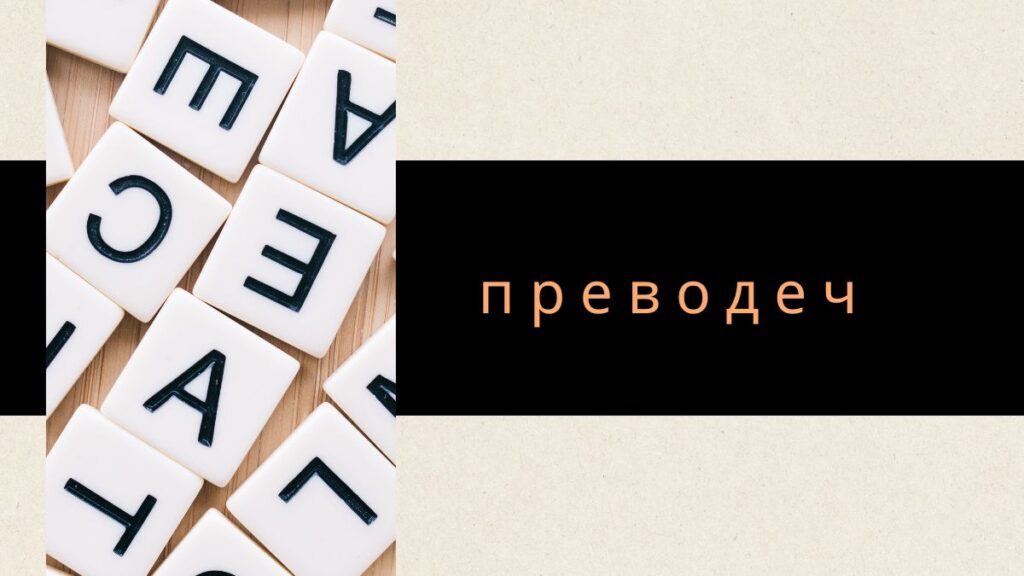
Introduction
“Преводеч” In a world brimming with diversity, where languages weave a colorful tapestry of communication, translation emerges as the bridge that connects disparate cultures and fosters global understanding. At the heart of this intricate process lies преводеч – the art and science of transforming words from one language into another, transcending linguistic barriers and unlocking the essence of communication. In this article, we delve deep into the realm of translation, exploring its multifaceted role in today’s interconnected world, the challenges it poses, and the advancements propelling it forward.
The Role of Translation in Global Communication
Translation serves as the cornerstone of effective communication in a multilingual world. It enables individuals and businesses to reach diverse audiences, breaking down language barriers and fostering meaningful connections across cultures. From literature and academia to business and diplomacy, the impact of translation reverberates across every facet of human interaction.
Преводеч, in particular, holds a significant place in the landscape of translation. Stemming from the Russian word “переводчик” (perevodchik), meaning translator, преводеч embodies the essence of linguistic expertise and cultural sensitivity. Translators skilled in преводеч possess a deep understanding of not just the words, but also the nuances and cultural context embedded within them.
The Art and Science of Translation
Translation is both an art and a science, requiring a delicate balance of linguistic proficiency, cultural awareness, and creative interpretation. Translators, equipped with linguistic prowess and cultural fluency, navigate the intricacies of language to convey the intended message with precision and fidelity.
At its core, преводеч is an art form that goes beyond mere linguistic substitution. It involves capturing the subtle nuances of language, preserving the tone and style of the original text, and infusing it with the cultural essence of the target audience. From literary masterpieces to technical documents, each translation demands a unique blend of creativity and expertise to resonate with its audience effectively.
However, translation is not merely a subjective endeavor; it is also grounded in scientific principles. With advancements in technology, machine translation has become an integral part of the translation landscape. Machine translation algorithms leverage artificial intelligence to analyze vast corpora of text and generate translations rapidly. While these tools offer speed and efficiency, they often fall short in capturing the nuances and context-specific meanings inherent in human language.
Challenges and Opportunities in Translation
Despite the advancements in translation technology, human translators remain irreplaceable. The nuances of language and the intricacies of cultural context pose significant challenges for machine translation systems. Translators adept in преводеч possess the expertise to navigate these challenges, ensuring accurate and culturally sensitive translations.
One of the key challenges in translation is maintaining fidelity to the original message while adapting it to the target audience. Translators must strike a delicate balance between preserving the meaning of the source text and optimizing it for clarity and relevance in the target language. This process requires not only linguistic proficiency but also a deep understanding of the cultural nuances that shape communication.
Moreover, the evolving nature of language and the emergence of new dialects and terminology present ongoing challenges for translators. Keeping pace with these linguistic shifts requires continuous learning and adaptation, underscoring the dynamic nature of the translation profession.
The Business of Translation: Services and Expertise
In today’s globalized marketplace, the demand for translation services is on the rise. Businesses seeking to expand their reach across borders rely on translators to localize their content and tailor it to diverse linguistic and cultural audiences. From website localization and marketing materials to legal documents and technical manuals, the scope of translation services is vast and varied.
Translators proficient in преводеч play a pivotal role in facilitating cross-cultural communication for businesses operating in diverse markets. Their expertise ensures that the message remains intact across languages, fostering trust and credibility with international stakeholders.
Moreover, the rise of digital content has opened up new avenues for translation services. As businesses leverage technology to enhance their online presence, the need for website translation and localization has surged. Translators equipped with преводеч expertise offer tailored solutions to optimize digital content for global audiences, driving engagement and conversion rates.
The Cultural Significance of Преводеч
Translation transcends mere linguistic exchange; it embodies the cultural richness and diversity of the world. This section explores how преводеч serves as a cultural bridge, enabling the exchange of ideas, values, and traditions across borders. From literary masterpieces to religious texts, translators adept in преводеч preserve the cultural heritage embedded within language, fostering mutual respect and appreciation among diverse communities.
The Evolving Role of Technology in Translation
In an era defined by technological innovation, the role of technology in translation cannot be overstated. This section examines the transformative impact of advancements such as machine learning, neural machine translation, and natural language processing on the translation landscape. While technology offers unprecedented speed and efficiency, it also poses challenges in maintaining linguistic accuracy and cultural sensitivity. We explore the opportunities and limitations of technology in translation and the symbiotic relationship between human expertise and machine intelligence.
Overcoming Linguistic Barriers in Global Business
Translation plays a pivotal role in facilitating international business transactions and expanding market reach. This section delves into the challenges businesses face in navigating linguistic and cultural barriers and the role of translation services in driving global success. From legal contracts and marketing materials to product localization, we examine how translators specializing in преводеч help businesses overcome language obstacles and forge meaningful connections with customers around the world.

The Artistry of Преводеч: Preserving the Essence of Language
Translation is not merely a mechanical process of substituting words from one language to another; it is an art form that requires creativity, intuition, and cultural sensitivity. This section celebrates the artistry of преводеч and the skillful craftsmanship of translators who breathe life into words, capturing the beauty and subtlety of language. Through case studies and examples, we explore how translators infuse their work with passion and creativity, preserving the essence of the original text while adapting it to resonate with diverse audiences.
The Future of Translation: Advancements and Innovations
As technology continues to advance, the landscape of translation is undergoing rapid transformation. Machine learning algorithms are increasingly being integrated into translation tools, enabling greater accuracy and efficiency in language processing. Neural machine translation models, in particular, have demonstrated remarkable progress in capturing the nuances of human language, blurring the lines between human and machine translation.
However, while technology has undoubtedly enhanced the efficiency of translation, the human touch remains indispensable. The complexities of language and culture defy simple algorithmic solutions, underscoring the enduring value of human translators skilled in преводеч.
Looking ahead, the future of translation lies at the intersection of human expertise and technological innovation. Translators equipped with преводеч skills will continue to play a central role in facilitating cross-cultural communication and fostering understanding in an increasingly interconnected world.
Conclusion
In the tapestry of global communication, translation emerges as the thread that binds diverse cultures together. At the heart of this intricate process lies преводеч – the art and science of bridging linguistic divides and unlocking the essence of communication. Translators proficient in преводеч wield the power to transcend language barriers, fostering understanding and connection across the world.
As we navigate the complexities of an ever-evolving linguistic landscape, the role of translation has never been more crucial. From preserving the beauty of literature to facilitating international business transactions, translation shapes the way we communicate, connect, and understand one another.
In the pursuit of global understanding, преводеч serves as our guiding light, illuminating the path towards a more inclusive and interconnected world. As technology continues to evolve and language evolves with it, the art and science of translation will remain a timeless testament to the power of words to unite, inspire, and transform lives.






